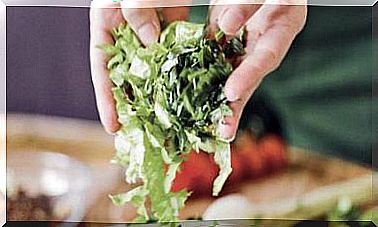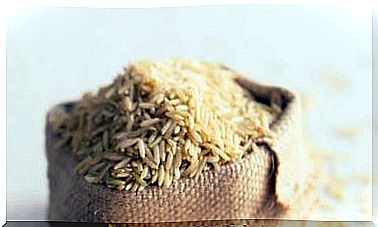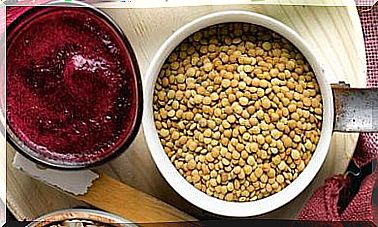7 Symptoms That Warn You That You Are Taking Low Protein
Take a good look at the messages your body sends you. It may be telling you that you are not getting all the protein your body needs to stay healthy.

Protein, along with carbohydrates and fats, is an essential macronutrient for health that must be provided by food in sufficient quantity. Protein is made up of amino acids, which are the building blocks that the body combines to build different types of tissues and substances. The body can synthesize 12 amino acids but needs to get 10 more from food. These are the essential amino acids (lysine, leucine, tryptophan, valine, histamine, isoleucine, threonine, phenylalanine, and methionine).
If you do not ingest appropriate amounts of these ten amino acids, the negative consequences can be seen in the functioning of the immune system, in the hormonal system, in the functioning of the organs and in the quality of the muscles, for example. Without essential amino acids the body cannot regenerate and cannot form new cells.
How much protein do you need per day?
The World Health Organization recommends getting a minimum of 0.8 grams of protein per kilo of body weight for adults. This means that a person who weighs 75 kg needs 60 g of protein.
Children, adolescents and the elderly need something else, 1 g. However, in certain situations the needs are increased. For example, athletes who build muscle and people who follow a hypocaloric diet to lose weight may need between 1.5 and 2.5 g of protein per kilo of body weight.
7 signs that identify a protein deficit
- Loss of muscle mass. If the body doesn’t get enough protein, it turns to muscle tissue protein. As a result, the muscles degrade, lose volume and stamina. Consequently, we feel weak and tired.
- Ease of contracting infections. The immune system needs proteins to make the antibodies that detect and fight viruses and bacteria. Failure to do so increases your risk of infectious diseases, which can be fatal.
- Food cravings Proteins are metabolized, that is, they are transformed into glucose, very slowly, thus contributing to stable blood sugar levels. If you do not consume enough protein, it is easier for sugar levels to rise and fall, causing energy “crashes” and late-night cravings, especially for sweet and fatty foods (the least healthy).
- Poor wound healing. Consuming little protein delays wound healing as cells renew themselves late.
- Aged appearance. Protein-deficient people often suffer from hair loss, increased wrinkles, dark circles, brittle nails, and a pale complexion. The gums may also retract.
- Mood swings and mental illness. Lack of protein can lead to fatigue, tiredness, poor concentration, dissatisfaction and, in the worst case, even lead to depression.
- Puffy eyes and water retention. If certain proteins are missing in the blood, the plasma fluid passes into the surrounding tissue and edema develops that becomes visible, for example, in the bags that appear under the eyes.
The consequences of a protein deficiency
A protein deficiency can have serious negative effects on health and on many areas and functions of the body. Some may go unnoticed in the early stages:
- Lack of strength.
- Tendency to fall.
- Movement restrictions.
- Shallow breathing and feeling short of breath.
- Increased risk of pneumonia.
- Immunodeficiency.
- Development of heart failure.
- Damage to the intestinal barrier.
- Difficulty in digestion due, for example, to decreased secretion of digestive enzymes.
How can a protein deficiency be fixed?
Both animal and plant-based foods are suitable for meeting protein needs. However, foods of animal origin generally contain a higher proportion.
Meat and fish are sources of protein, but if you follow an ovo-lacto-vegetarian diet, you can get a part of the protein from dairy products (preferably skimmed) and eggs.
- 125 g of skimmed yogurt: 7 g
- One medium egg: 5 g
It is recommended that most of the proteins come from plant foods. The vegetables richest in protein are legumes (chickpeas, lentils, beans, derived from soybeans such as toffee), cereals (wheat, rice, etc.) and pseudo-cereals (quinoa, amaranth). The contribution of some of these foods is:
- 100 g firm tofu: 8.2 g
- 200 g of cooked lentils: 18 g
- 200 g of cooked brown rice: 4.5 g
The daily protein requirement is completed with one or two servings of nuts (walnuts, peanuts, cashews, hazelnuts, etc.) and seeds (sesame, sunflower, etc.).
- 30 g of walnuts: 4.5 g
- 30 g of tahini (sesame paste): 5 g









